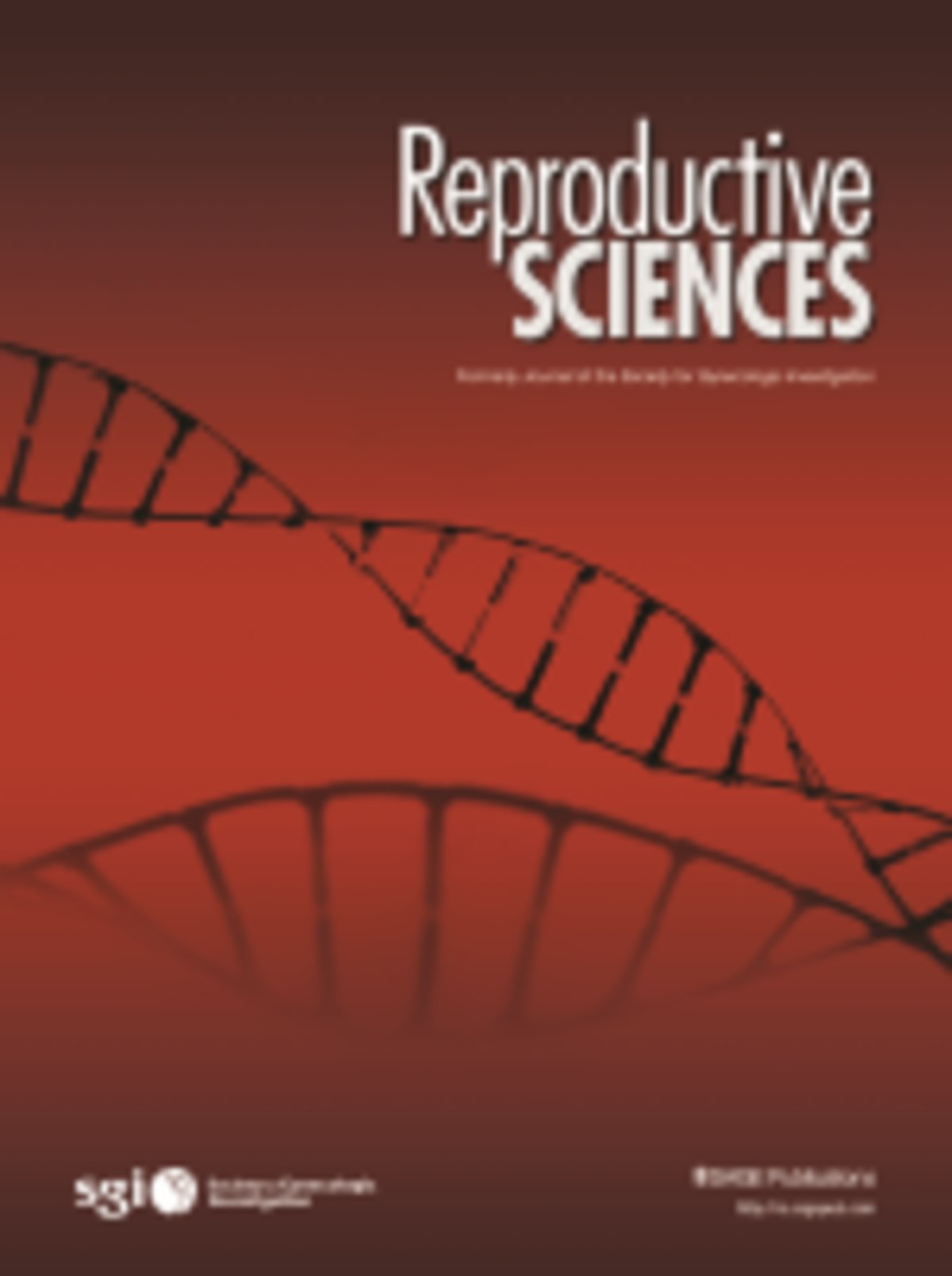
“Most diabetic patients describe moderate to severe pain symptoms whose pharmacological treatment is palliative and poorly effective. Cannabidiol (CBD) has shown promising results in painful conditions. Then, we aimed to investigate the potential antinociceptive effect of CBD over the mechanical allodynia in streptozotocin-induced diabetic (DBT) rats, as well as its involved mechanisms. Wistar adult male diabetic rats were treated acutely or sub-chronically (for 14 days) with CBD (0.1, 0.3 or 3 mg/Kg, intraperitoneal; i.p.) and had their mechanical threshold assessed using the electronic Von Frey. Acute treatment with CBD (at doses of 0.3 and 3 mg/Kg) exerted a significant anti-allodynic effect, which is not associated with locomotor impairment. The antinociceptive effect of CBD (3 mg/Kg) was not altered by the pre-treatment with CB1 or CB2 receptor antagonists (AM251 and AM630; respectively; both at a dose of 1 mg/kg, i.p.) nor by glycine receptor antagonist (strychnine hydrochloride, 10 μg/rat, intrathecal, i.t.). However, this effect was completely prevented by the pre-treatment with the selective 5-HT1A receptor antagonist WAY 100135 (3 μg/rat, i.t.). Sub-chronic treatment with CBD (0.3 or 3 mg/Kg) induced a sustained attenuation of the mechanical allodynia in DBT rats. DBT rats presented significantly lower spinal cord levels of serotonin, which was prevented by the daily treatment with CBD (0.3 mg/Kg). Taken together, our data suggest that CBD may be effective in the treatment of painful diabetic neuropathy and this effect seems to be potentially mediated by the serotonergic system activation through 5-HT1A receptors.”
https://www.ncbi.nlm.nih.gov/pubmed/30898678
https://www.sciencedirect.com/science/article/pii/S0006899319301532?via%3Dihub




 “Migraine is a common, highly disabling disorder. Its treatment involves acute and preventive therapy. Many of available preventive medications are not well tolerated, which results in poor compliance and limited effectiveness.
“Migraine is a common, highly disabling disorder. Its treatment involves acute and preventive therapy. Many of available preventive medications are not well tolerated, which results in poor compliance and limited effectiveness. 

 “Neuropathic pain (NP) is associated with chronic hyperglycemia and emotional disorders such as depression in diabetic patients, complicating the course of treatment. Drugs currently used to treat NP have undesirable side effects, so research on other natural sources has been required.
“Neuropathic pain (NP) is associated with chronic hyperglycemia and emotional disorders such as depression in diabetic patients, complicating the course of treatment. Drugs currently used to treat NP have undesirable side effects, so research on other natural sources has been required.

